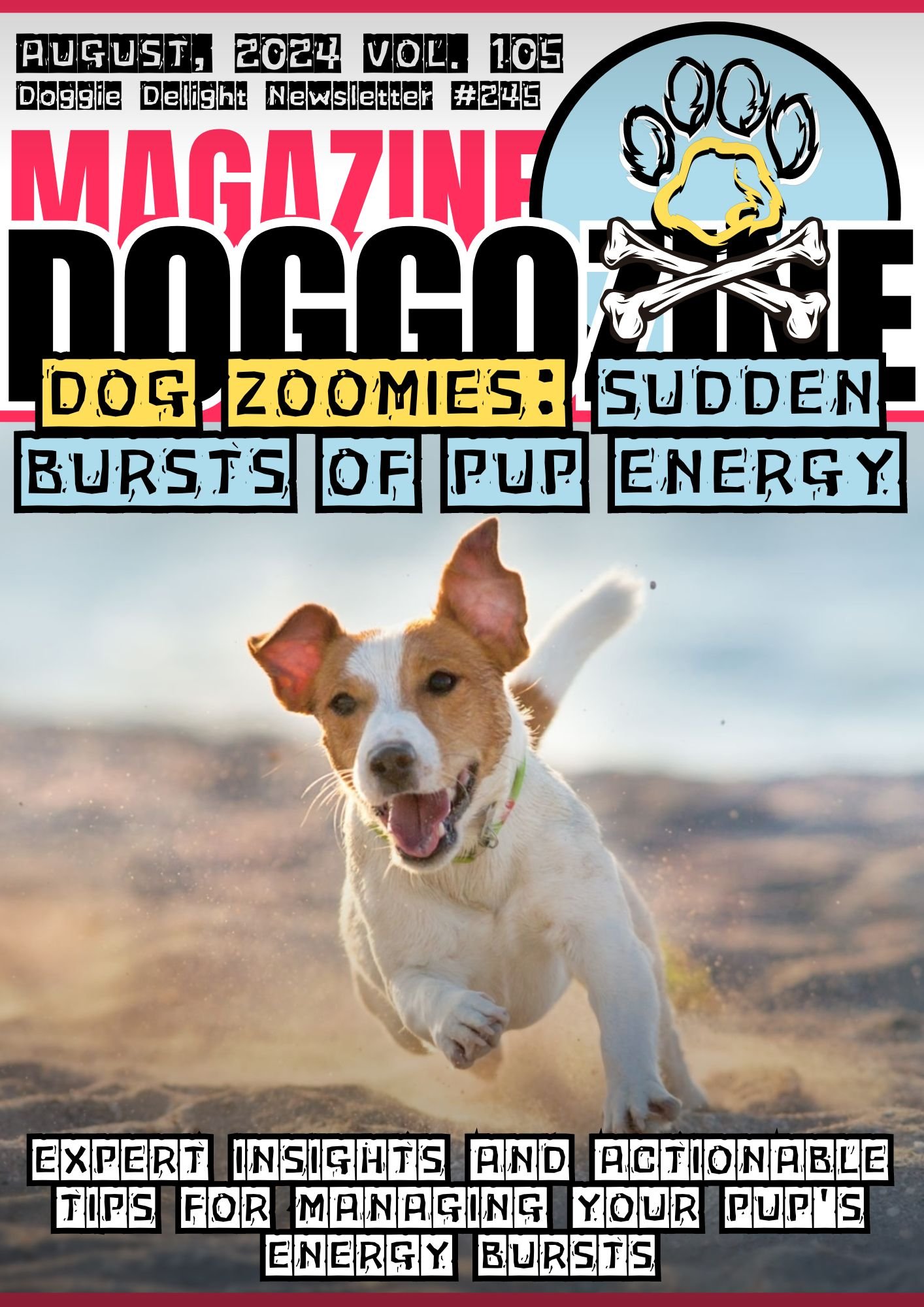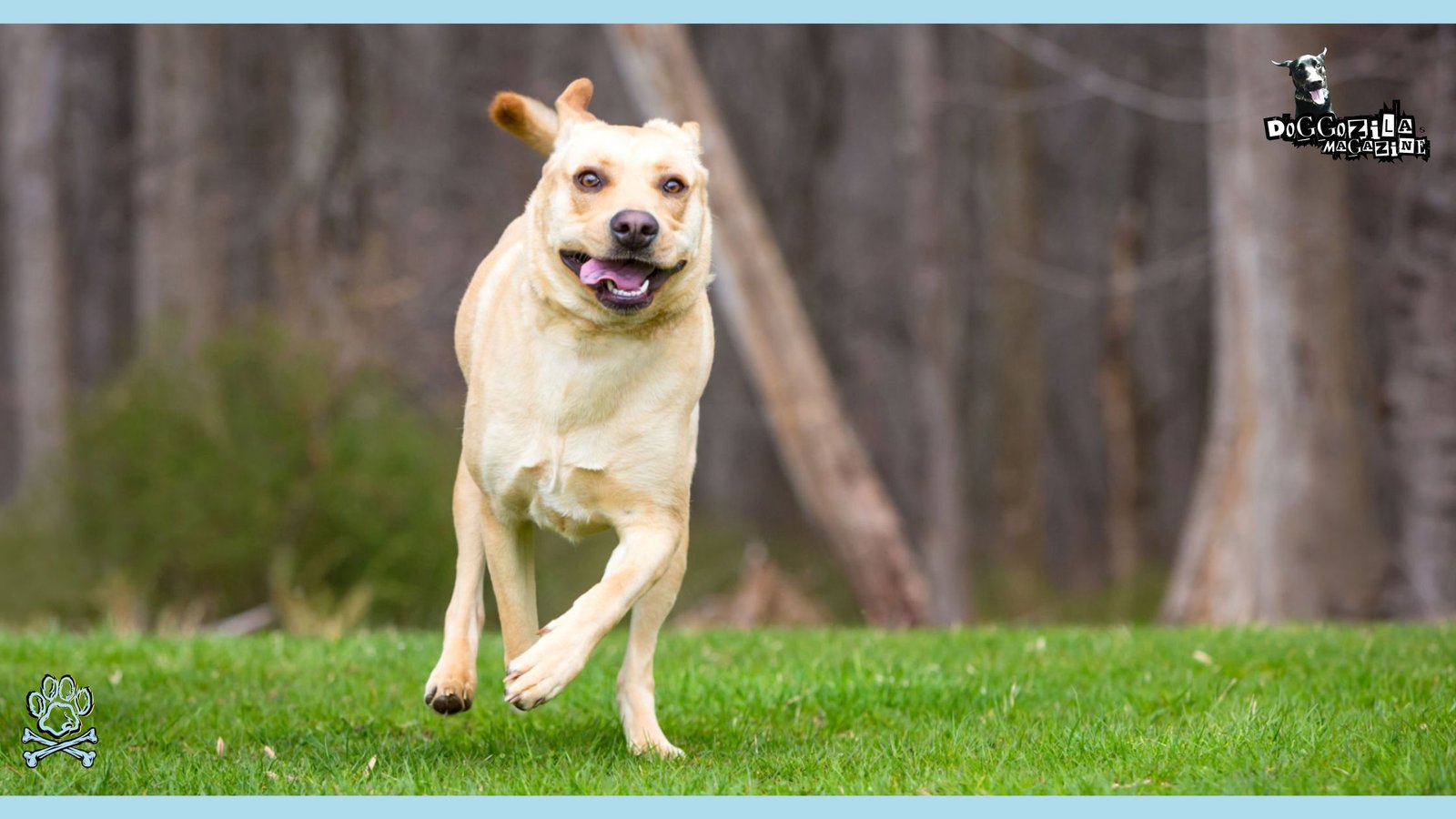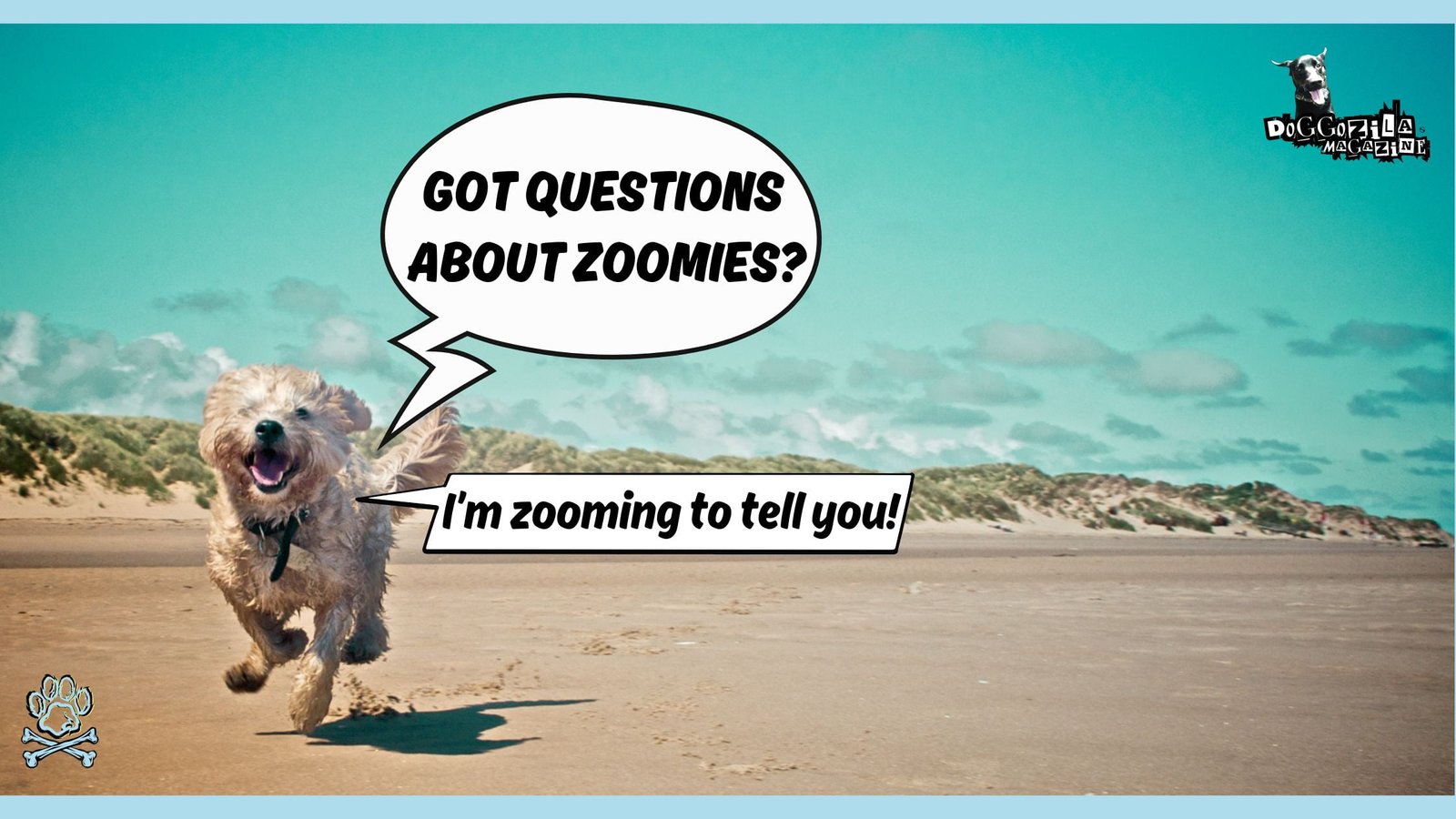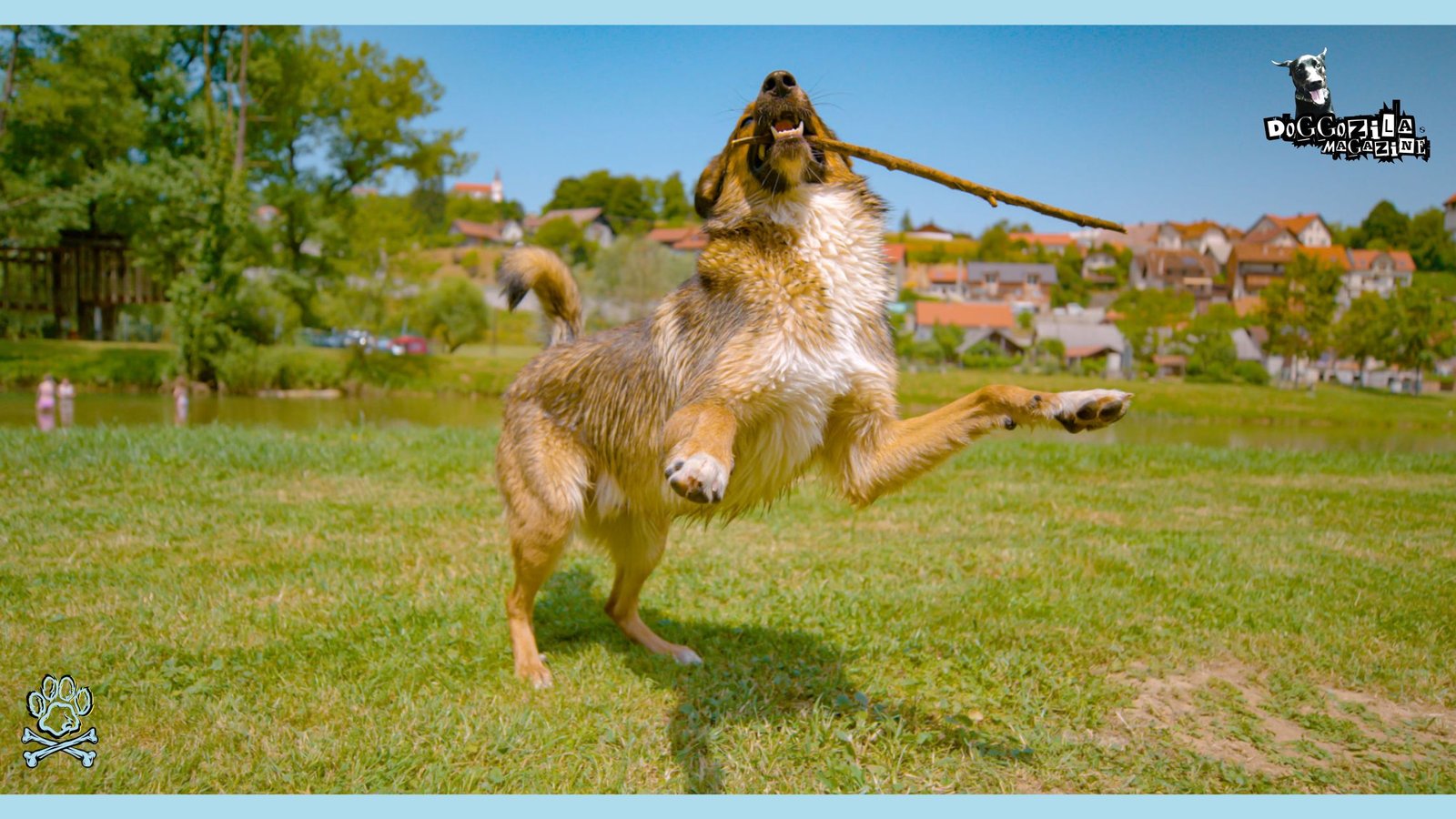
UNLEASH THE SECRETS BEHIND DOG ZOOMIES
Are you puzzled by your furry friend’s sudden bursts of energy that seem to come out of nowhere? If you’ve ever witnessed your dog racing around the house with wild abandon, you’re not alone. In this insightful blog, we’re diving deep into the fascinating world of “dog zoomies” to unravel the mystery behind this quirky canine behavior.
Expert Insights and Actionable Tips for Managing Your Pup’s Energy Bursts
Imagine gaining a deeper understanding of why your pup engages in these exhilarating zoomies and how you can effectively manage their energetic outbursts. From expert insights to actionable tips, this blog is your go-to resource for taming those zoomies and keeping your pup happy and healthy.
So, if you’re ready to decode the secrets behind your dog’s shocking bursts of energy and transform those chaotic zoomies into moments of joy and fun, buckle up as we embark on this enlightening journey together. Let’s navigate the world of dog zoomies with confidence and clarity.
Understanding Dog Zoomies: A Deep Dive Into Frenetic Random Activity Periods (FRAPS)
Have you ever witnessed your mild-mannered pup suddenly transform into a high-octane speed racer, tearing through the house in a spontaneous burst of energy? This common behavior, known as the zoomies, is a frenetic random activity period (FRAPS) that most dogs experience.
Picture this: your dog starts running in circles, bouncing off furniture, and generally acting like a little kid on a sugar rush. That’s a classic episode of this canine behavior, and it’s a totally normal release of pent-up energy.
🔑 Key Points: Dog zoomies, or FRAPS, are sudden bursts of energy characterized by wild running and playful behavior, and are a common occurrence in many dogs.

CAUSES BEHIND DOG ZOOMIES
According to veterinarian Dr. Patrick Mahaney, one of the most likely causes of zoomies is excess energy. When dogs haven’t had sufficient physical activity or mental stimulation, they may engage in a wild run to burn off that extra energy.
Insight From Veterinarian Experts about Dog Zoomies
Another possible trigger is a release of cortisol, a stress hormone. Dr. Jill Sackman explains that a sudden hormonal surge can lead to zoomies, especially if the dog has been confined or inactive for a long period.
Dog zoomies can also be a response to exciting or stressful situations, like a bath or a vet visit. It’s their way of releasing tension and expressing their good mood.
🔑 Key Points: Excess energy, hormonal surges, and stressful situations are the most common triggers for dog zoomies, as explained by veterinary experts.
Excitement and Anticipation
Dogs often get the zoomies when they’re excited or anticipating something fun, like:
- Going for a walk
- Playing with a favorite toy
- Seeing their owner after a long day
Post-Bath Dog Zoomies
Many dogs experience zoomies right after a bath.
This could be due to:
- Relief from the stress of the bath
- Excitement to be free from the tub
- The feeling of being clean and refreshed
🔑 Key Points: Zoomies can occur in any dog breed, but high-energy breeds may be more prone to this behavior.

IDENTIFYING DOG BREEDS PRONE TO ZOOMIES
While zoomies are a common behavior across all dog breeds, some may be more prone to this type of behavior. High-energy breeds like Labrador Retrievers, Australian Shepherds, and Jack Russell Terriers may exhibit zoomies more frequently. However, even low-energy breeds can experience zoomies, especially if they haven’t had enough exercise or mental stimulation.
The Science of Dog Zoomies: Natural Expression or Health Indicator?
Zoomies are a natural expression of your pet’s joy and energy. This joyous display of zoomy behavior is a sign of a happy, healthy dog. When your dog engages in this wild energy, it’s a positive indication of their physical and mental well-being.
However, if your dog is experiencing zoomies excessively or at inappropriate times, it could be a sign of an underlying issue, such as anxiety or lack of exercise.
🔑 Key Points: Zoomies are a natural and positive expression of a dog’s energy and joy, but excessive zoomies may indicate an underlying issue.
Navigating the Dangers: How to Keep Your Dog Safe
While zoomies are a normal behavior, they can pose some safety risks. Dogs in the midst of a zoomie session may not be aware of their surroundings, leading to potential accidents or injuries. To keep your dog safe during zoomies, ensure they have a safe environment to run and play.
Avoid areas with slippery surfaces like hardwood floors, and clear away any obstacles that could cause harm. It’s also important to recognize when zoomies are happening at the wrong time, such as during a walk on a busy street. In these situations, it’s crucial to maintain control of your dog to prevent accidents.
🔑 Key Points: Providing a safe environment and recognizing inappropriate times for zoomies are crucial safety precautions for dog owners.
Practical Tips for Managing Your Dog’s Zoomies
As a pet parent or dog parent, there are several ways you can manage your dog’s zoomies:
- Provide Adequate Exercise: Regular exercise is key to preventing excessive zoomies. A long walk or play session can help burn off excess energy and keep your dog calm.
- Mental Stimulation: Engaging your dog’s mind with puzzle toys, training sessions, or nose work can help prevent boredom and reduce the likelihood of zoomies.
- Create a Safe Space: Designate a safe area where your dog can zoom to their heart’s content, like a fenced yard or a large room cleared of obstacles.
- Redirect the Behavior: If your dog starts zooming at an inappropriate time, redirect their attention with a toy or a command like “sit” or “come.”
🔑 Key Points: Providing adequate exercise, mental stimulation, a safe space, and redirecting behavior are effective strategies for managing dog zoomies.
Expert Advice on Preventing Unwanted Dog Zoomies
Veterinary experts recommend a multi-faceted approach to preventing unwanted dog zoomies:
- Stress Reduction: Identify and minimize sources of stress in your dog’s life, as stress can trigger zoomies.
- Physical and Mental Stimulation: Regular exercise and mental enrichment are essential for preventing boredom and excess energy, which can lead to dog zoomies.
- Companionship: Dogs are social creatures and may zoom out of frustration or loneliness. Ensure your dog has plenty of interaction and attention to prevent the absence of companionship from triggering zoomies.
By creating a calm, enriching environment and meeting your dog’s physical and emotional needs, you can make zoomies a desirable experience rather than a disruptive one.
🔑 Key Points: Reducing stress, providing physical and mental stimulation, and offering companionship are key strategies for preventing unwanted zoomies in dogs.

ENHANCING DOG WELLNESS: EXERCISE, DIET, AND MENTAL HEALTH
In addition to managing dog zoomies, it’s important to prioritize your dog’s overall wellness. Regular exercise, a balanced diet, and good mental health are essential components of a happy, healthy dog.
Ensure Your Dog Is In Good Health
Exercise is a significant contributor to your dog’s physical and mental well-being. Aim for at least 30 minutes of moderate exercise per day, such as walks, runs, or play sessions. Diet also plays a crucial role in your dog’s health. Feed your dog a high-quality, balanced diet appropriate for their age, size, and activity level.
Consult with your veterinarian to determine the best food for your dog. Mental health is equally important for dogs. Provide mental stimulation through training, puzzle toys, and interactive play.
Regular socialization with other dogs and humans can also help prevent anxiety and behavioral issues. Don’t forget to schedule a regular veterinary check-up to ensure your dog is in good health. A vet visit can help identify any underlying health issues that may be contributing to excessive zoomies or other behavioral concerns.
🔑 Key Points: Prioritizing exercise, a balanced diet, mental stimulation, and regular veterinary check-ups are essential for maintaining your dog’s overall wellness and preventing excessive zoomies.
Integrating Acupressure and Safe Play for Zoomies
Acupressure is a gentle, non-invasive technique that involves applying gentle pressure to specific points on your dog’s body. This can help calm your dog and reduce the frequency or intensity of zoomies. Consult with a veterinarian or a certified animal acupressure practitioner to learn safe and effective techniques for your dog.
Encouraging safe play during zoomies can also help manage this behavior. Provide your dog with plenty of physical activity and engage them in games like fetch or tug-of-war to help burn off excess energy.
🔑 Key Points: Incorporating acupressure and safe play can be effective tools for managing dog zoomies.
The Role of Pheromones and CBD in Managing Dog Zoomies
- Pheromone Diffusers: A pheromone diffuser releases a synthetic pheromone that mimics the calming scent of a mother dog. This can help soothe anxious or overstimulated dogs and reduce the frequency of zoomies.
- CBD Oil: The use of CBD oil has become increasingly popular for managing anxiety and hyperactivity in dogs. CBD may help calm your dog and reduce the intensity of zoomies. However, always consult with your veterinarian before giving your dog any new supplement.
🔑 Key Points: Pheromone diffusers and CBD oil may be helpful tools for managing dog zoomies, but it’s important to consult with a veterinarian before use.
Final Thoughts About The Dog Zoomies Mysteries
As we unravel the mysteries of dog zoomies together, it’s clear that these frenetic bursts of energy are more than just random episodes – they are a natural expression of your pet’s exuberance and joy. By understanding the causes behind these zoomies, from excess energy to hormonal surges, we empower ourselves as responsible pet parents to create a safe and stimulating environment for our beloved pups.
Through expert insights and practical tips, we’ve delved into the science behind zoomies, identified dogs prone to this behavior irrespective of breed, and navigated the potential dangers they may face. By integrating proper training, physical activity, and mental stimulation into their routine, we can help our furry friends manage their wild energy in a positive and healthy way.
In enhancing our dogs’ wellness through exercise, diet, and mental health, we embark on a journey of companionship and well-being with our pets. Remember, every zoomie is a moment of joy, and by implementing the advice shared here, we can ensure that our dogs lead happy, safe, and fulfilling lives.

ADDRESSING COMMON QUESTIONS ABOUT DOG ZOOMIES
🔑 Key Points: Zoomies can occur in dogs (and cats) of all ages, and the ideal time for zoomies is when your pet has a safe space to run and play.

Thank you for joining us on this insightful exploration of dog zoomies, may your pup always bring a smile to your face and a wag to their tail.









